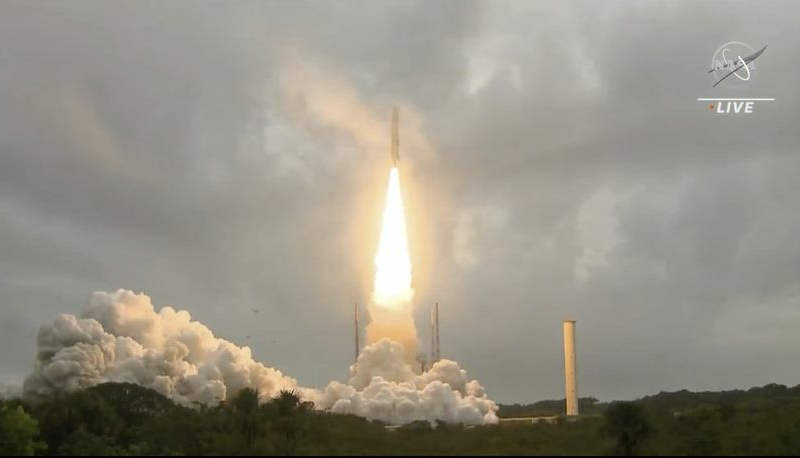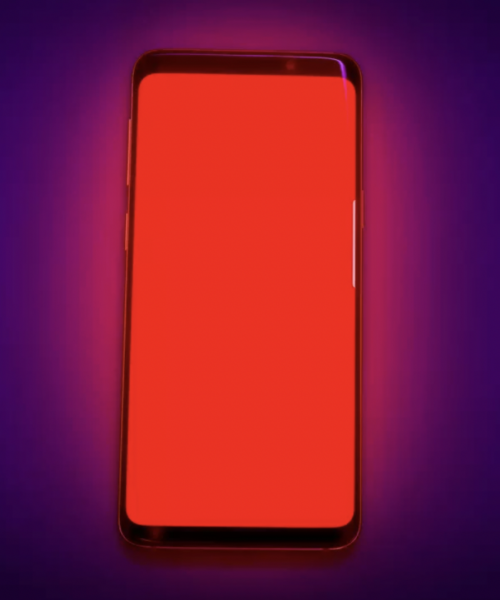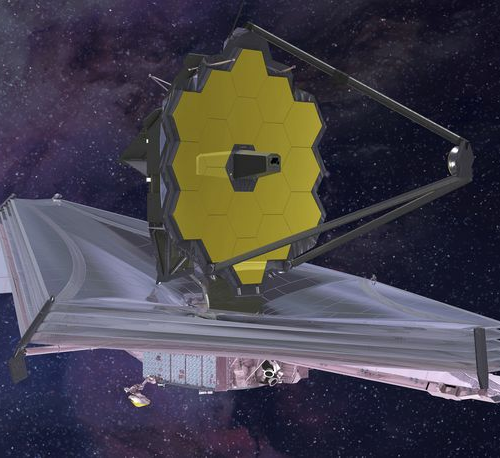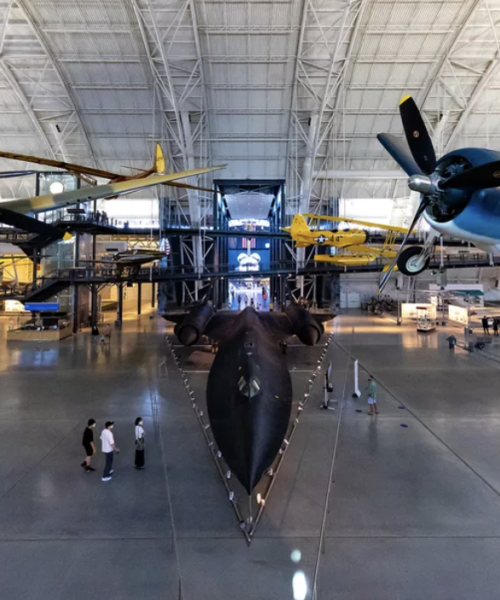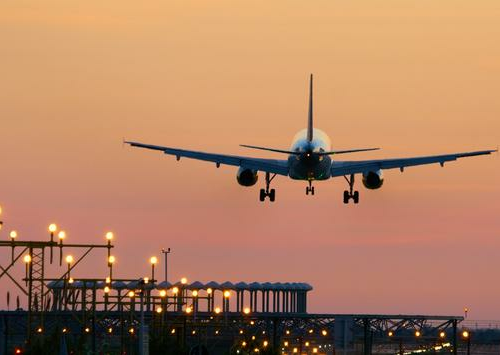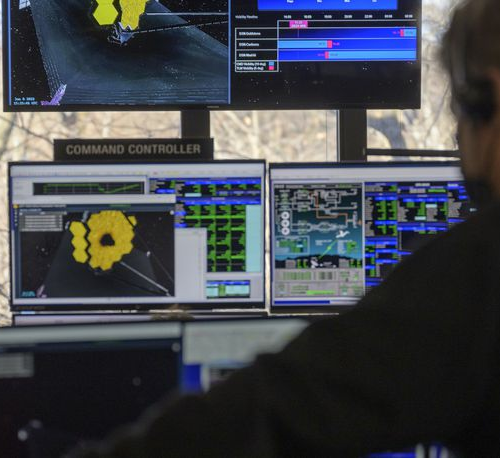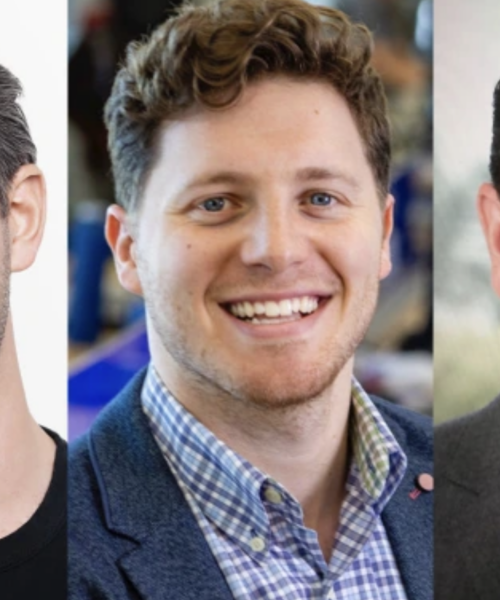By MARCIA DUNN, Associated Press
Troy Warren for CNT #Technology
The world’s largest and most powerful space telescope rocketed away Saturday on a high-stakes quest to behold light from the first stars and galaxies and scour the universe for hints of life.
NASA’s James Webb Space Telescope soared from French Guiana on South America’s northeastern coast, riding a European Ariane rocket into the Christmas morning sky.
The $10 billion observatory hurtled toward its destination 1 million miles (1.6 million kilometers) away, or more than four times beyond the moon. It will take a month to get there and another five months before its infrared eyes are ready to start scanning the cosmos.
First, the telescope’s enormous mirror and sunshield need to unfurl; they were folded origami-style to fit into the rocket’s nose cone. Otherwise, the observatory won’t be able to peer back in time 13.7 billion years as anticipated, within a mere 100 million years of the universe-forming Big Bang.


“It’s going to give us a better understanding of our universe and our place in it: who we are, what we are, the search that’s eternal,” NASA Administrator Bill Nelson said earlier this week.
But he cautioned: “When you want a big reward, you have to usually take a big risk.”
Intended as a successor to the aging Hubble Space Telescope, the long-delayed James Webb is named after NASA’s administrator during the 1960s. NASA partnered with the European and Canadian space agencies to build and launch the new 7-ton telescope, with thousands of people from 29 countries working on it since the 1990s.
With the launch falling on Christmas and a global surge in COVID-19 cases, there were fewer spectators at the French Guiana launch site than expected. Nelson bowed out along with a congressional delegation and many contractors who worked on the telescope.
Around the world, astronomers had eagerly waited to see Webb finally taking flight after years of setbacks. Last-minute technical snags bumped the launch nearly a week, then gusty wind pushed it to Christmas. Inside Launch Control, there was a smattering of Santa hats.
“We launch for humanity this morning,” Arianespace CEO Stephane Israel said minutes before liftoff. “After Webb, we will never see the skies in quite the same way.”
The telescope’s showpiece: a gold-plated mirror more than 21 feet (6.5 meters) across.
Protecting the observatory is a wispy, five-layered sunshield, vital for keeping the light-gathering mirror and heat-sensing infrared detectors at subzero temperatures. At 70 feet by 46 feet (21 meters by 14 meters), it’s the size of a tennis court.
If all goes well, the sunshield will be opened three days after liftoff, taking at least five days to unfold and lock into place. Next, the mirror segments should open up like the leaves of a drop-leaf table, 12 days or so into the flight.
In all, hundreds of release mechanisms need to work — perfectly — in order for the telescope to succeed. “Like nothing we’ve done before,” said NASA program director Greg Robinson.
Retired astronaut-astronomer Steven Hawley is more stressed over Webb than he was for Hubble, which he released into orbit from space shuttle Discovery in 1990. That’s because Webb will be too far away for rescuing, as was necessary when Hubble turned out to have blurry vision from a defective mirror.
Spacewalking repairs by astronauts transformed Hubble into a beloved marvel that has revolutionized humanity’s understanding of the universe, casting its eyes as far back as 13.4 billion years. It’s now up to Webb to draw even closer to the Big Bang 13.8 billion years ago, its infrared vision keener and more far-reaching than Hubble’s is in the shorter visible and ultraviolet wavelengths.
NASA is shooting for 10 years of operational life from Webb. Engineers deliberately left the fuel tank accessible for a top-off by visiting spacecraft, if and when such technology becomes available.
When he released Hubble, “I never would have believed that it would still be going strong almost 32 years later,” Hawley, now professor emeritus at the University of Kansas, said in an email. “I hope that in 32 years we’ll be able to say that JWST did as well.”
___
The Associated Press Health and Science Department receives support from the Howard Hughes Medical Institute’s Department of Science Education. The AP is solely responsible for all content.




In Other NEWS


























